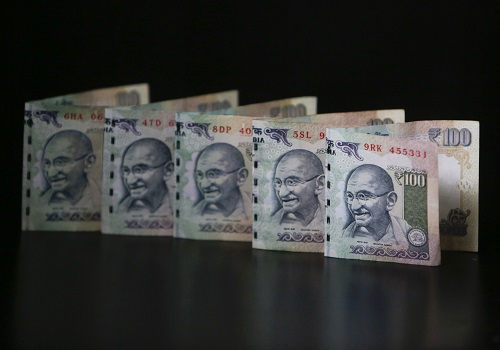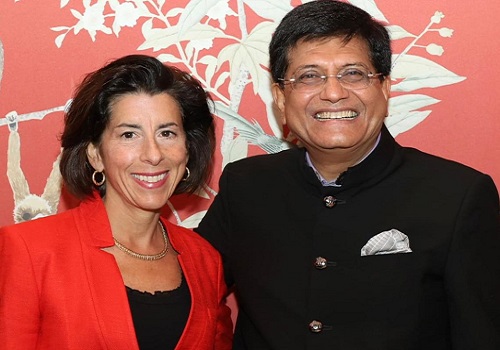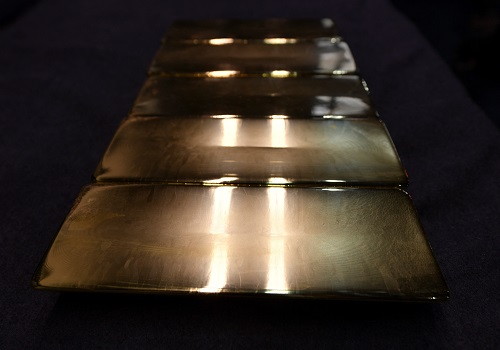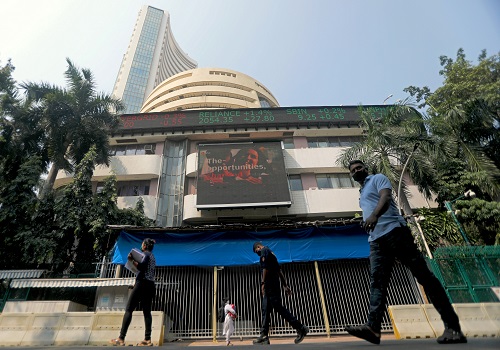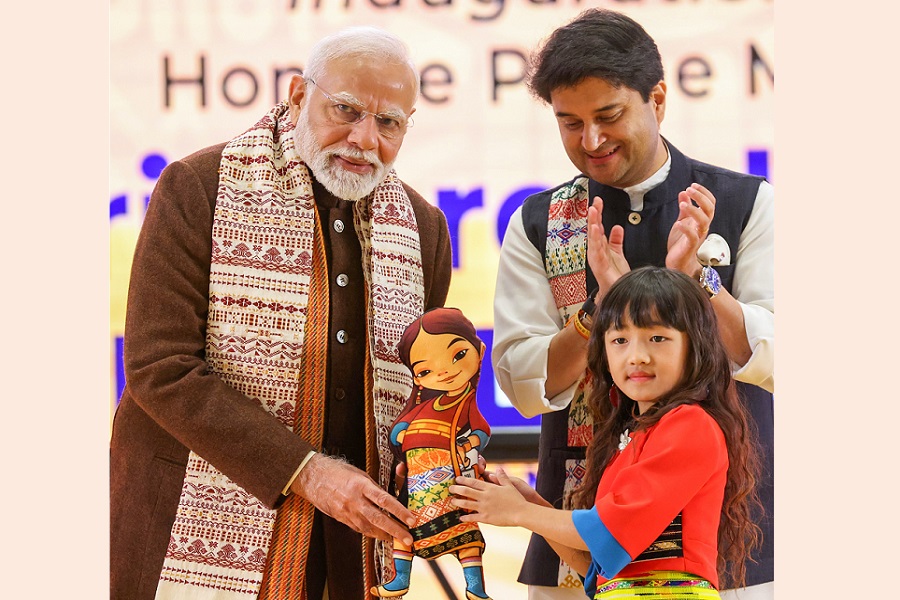Textile sector Update : Global retailers` commentary underpins improved inventory position, optimistic outlook By JM Financial Services
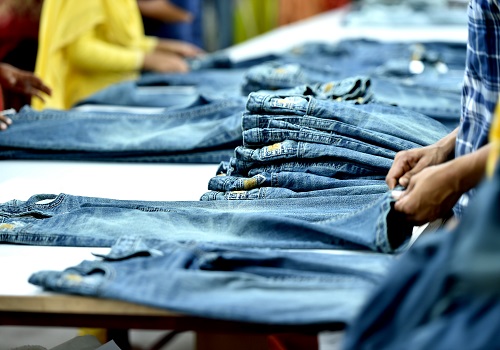
Follow us Now on Telegram ! Get daily 10 - 12 important updates on Business, Finance and Investment. Join our Telegram Channel
In this note we seek to cover commentaries by global retailers across inventory position and demand outlook to present a clearer framework on Indian textile export demand. Global retailers continued their efforts to reduce excess inventory on books during their latest earning season. Global retailers witnessed an inventory decline during 1QCY24 and expect to maintain optimal stock positions. The global demand outlook for CY24 continues to be relatively stronger vis-à-vis CY2023 (Walmart sales to grow 3.5-4.5% in 2Q). In tandem with global retailers’ commentary, Indian Home textile and apparel exporters expect demand to improve in coming quarters. Any normalisation of demand in CY24 (led by hospitality / residential) amidst improved global retailers’ inventory position leaves headroom for export demand recovery by Indian exporters (refer positive demand guidance by Indian players in exhi 2), implying orders pick up in coming quarters. Extended runway for revenue growth over next 3 years (courtesy impending FTAs / ’China+1’), GOI’s increased focus on textile ecosystem (rebates/PLI) and deflation in commodity price (cotton price off highs and range bound) make a strong case for improvement in FY25 earnings trajectory . Deleveraged balance sheet (refer exhi. 10) of Indian textile players leave ample room for chasing revenue growth as / when structural demand drivers pick pace. Huge addressable market size / topnotch execution/ de-leveraged balance sheet bodes well for key players in the home textile/ apparel sector.
* Global retailers continue to lighten their inventory position (refer exhi 1): Global retailers during their latest earnings have continued their efforts to reduce the excess inventory on books. GAP saw inventory decline of 15% YoY in the latest quarter and expects inventory to be down significantly more than sales in 2Q. TJX and Nike (apparel segment) given their sharp focus on liquidating excess inventory have been able to achieve lower inventory – down 5% for TJX. Large retailers like Walmart and Target have also lowered their inventory position. The global demand outlook for CY24 continues to be better placed than CY23.
* Indian textile players optimistic about demand revival (refer exhibit 2): Indian Home textile and apparel exporters expect demand to imorve significantly given that the inventory destocking cycle is now coming to an end with many fashion brands showing reduced inventory, improved financial performance and renewed appetite to buy. Any normalisation of demand in CY24 amidst improved global retailers’ inventory position leaves headroom for export demand recovery by Indian exporters.
* ‘China + 1’ theme picking pace (refer exhi. 3/4/5/6): China has been losing market share across the world (refer exhi. 3/4) apparel exports aided by rising labour costs (refer exhi. 5) and geopolitical tensions. This has led to a potential shift of exports from China towards other countries, creating new opportunities and growth in the other Asian countries for the apparel industry. Some of the biggest brands across the globe have already begun reducing their exposure to China over the past few years. (refer exhi. 6). We believe India’s competency across factor cost and a well-established textile ecosystem (across cotton segment) will allow it to benefit from the ‘China+1’ theme.
* UK FTA offers additional growth opportunity (refer exhi. 7/8): UK imports USD$24bn in apparel with India’s share a mere USD$1.4bn. In contrast, UK imports UD$4.5bn from Bangladesh and US$ 6.2bn from China. Indian players have lower market penetration in UK due to tariff disadvantages vs Pakistan, Turkey, and Bangladesh (refer exhi. 7/8). However, FTA with UK will allow duty free exports to UK, improving India’s competitiveness. A ~20% market gain from China over the next 3-4 years is required to help India near double its exports to UK. UK FTA, subject to Uk elections, could provide a potentially provide a clear runway for double digit revenue CAGR in case of Indian textile exporters over the coming decade.
* India’s share in US imports of cotton sheets stood at 62% during CYTD’24: India’s cotton sheet export vols. to the US increased 31% YoY during CYTD24 / ~65% YoY in Mar’24. India’s cotton sheet export value to the US grew by 15% YoY during CYTD24 and 38% YoY in Mar’24. However, despite challenges, Indian exports have reported an increase in market share to 62% in CYTD24 (vs 59% in CY23) and Mar’24 stood at 65%.
* India’s share in US imports of terry towels stood at 38% during CY23: India’s terry towel export vols. to the US increased by ~3% YoY during CYTD24 / ~45% YoY in Mar’24 While exports in value terms decreased by 9% YoY to USD179mn during CYTD24 and increased by 35% YoY in Jan’24 (refer exhibit 4). However, Indian exports of terry towel have reported a fall in market share to 43% in CYTD24 (vs 44% in CY23) and Mar’24 stood at 46%.
* Commodity prices remain flat; sector remains well placed amidst reasonable valuations: The prices for cotton/ yarn remained range bound over the 12 months. The Cotton spread between China and India is significantly lower at INR 28/ kg for the month of May’24 due to China Cotton price falling more than the Indian cotton price.Textile companies currently trade at relatively reasonable valuations, leaving room for growth as when structural demand drivers (UK FTA/ ‘China+1’) kick-in.
Please refer disclaimer at https://www.jmfl.com/disclaimer
SEBI Registration Number is INM000010361





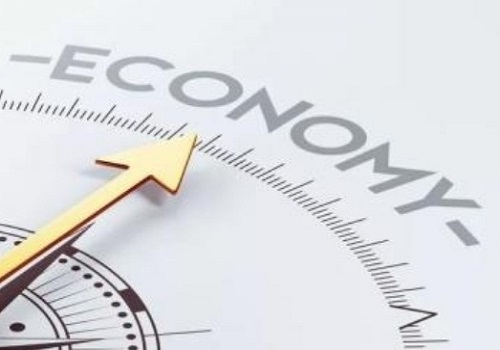


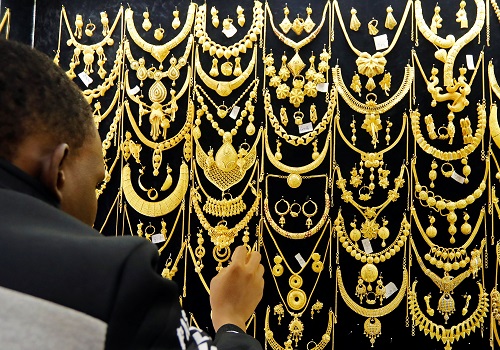

More News
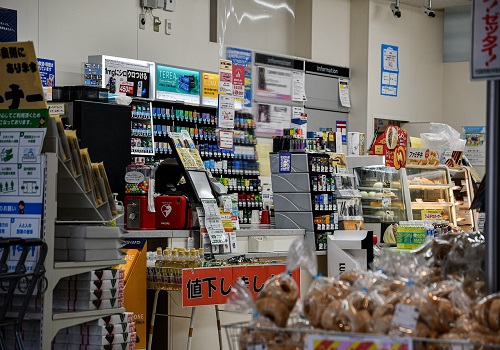
Retail Sector Update : Prolonged slowdown; Prefer SAPPHIRE/WESTLIFE on outperformance By Emk...
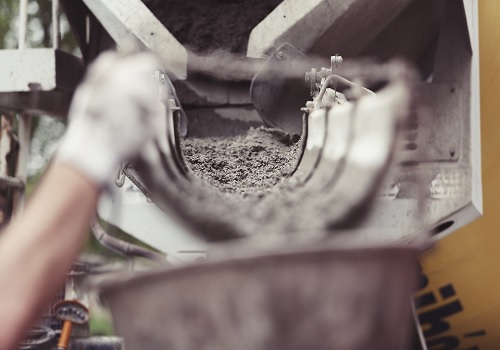
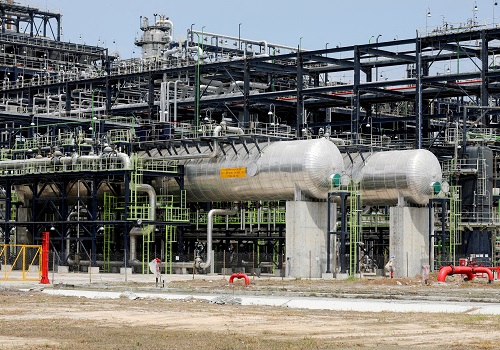



 320-x-100_uti_gold.jpg" alt="Advertisement">
320-x-100_uti_gold.jpg" alt="Advertisement">

